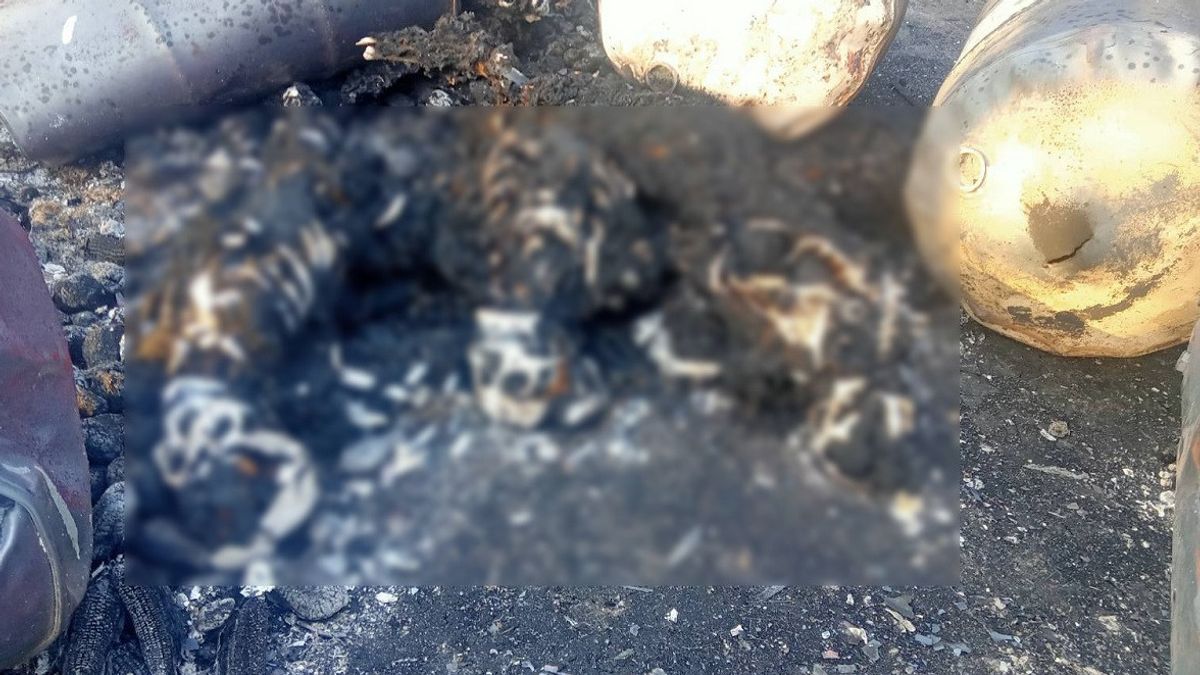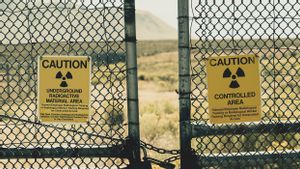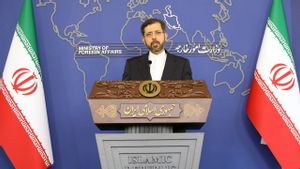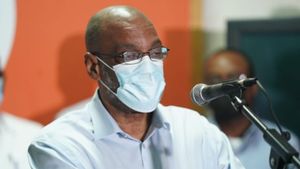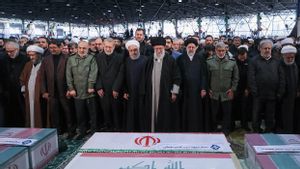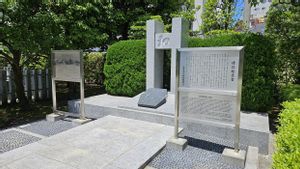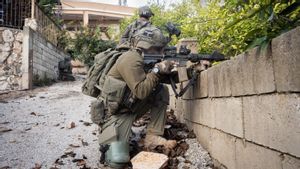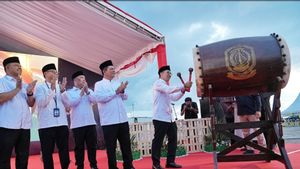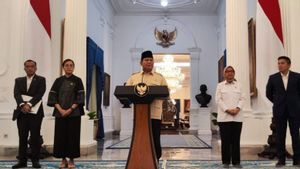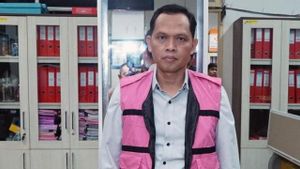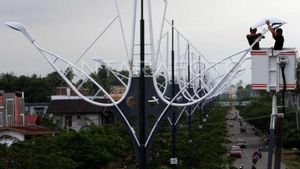JAKARTA - The families of victims of the massacre in the Hpruso Township of Karenni State (Kayah), along with a doctor who carried out a post-mortem examination of their bodies, have revealed new details about the dozens of people killed and burned by the military on December 24.
The Government of National Unity (NUG) and the Karenni State Consultative Council (KSCC) shared photos, medical records and evidence gathered from the crime scene in an online press conference.
Bo Bo, deputy municipal police chief of the Karenni State Police, an anti-junta law enforcement network made up of police officers who took part in the Civil Disobedience Movement (CDM), speculated that up to 49 people could have died in the attack. The Moso-Kwaing Ngan road is near the village of Moso, about two kilometers northwest of the town of Hpruso.
Myanmar Now initially reported that at least 35 charred bodies and several burnt vehicles were found by members of the resistance group Karenni National Defense Forces (KNDF) at a roadside location on Christmas morning. They accused the Myanmar army present in the area of carrying out the massacre.
Bo Bo said on Monday the group of doctors who carried out post-mortem examinations managed to perform autopsies on 31 bodies, but the others were completely destroyed in the fire, crumbled to ashes when touched, and collected in three body bags.
Twenty-six of the victims who could be examined were identified as male, including two boys thought to be under the age of 17. Six people were confirmed to be women, including a young girl under the age of 12, Bo Bo said.

A doctor who performed an autopsy on the body and who spoke at a press conference on condition of anonymity confirmed police officer Karenni's summary and added that the girl was between 10 and 15 years old.
"I think everyone can imagine if it is possible that a small child under the age of 18 tried to shoot them," said the doctor, who also took part in the CDM, commenting on the impossible possibility of the victims, citing Myanmar Now January 4.
"They killed innocent civilians and burned the bodies to destroy evidence of their crimes," he growled.
Doctors also confirmed that some of the bodies examined had their hands tied behind their backs, gagged, or had holes in their chest and lungs. He added that they only managed to retrieve the bodies three days after the incident, as the military continued to fire artillery shells at anyone trying to enter the area.
However, laboratory analysis has not determined whether the victim was burned alive. Doctors said they could not confirm whether the holes found in the body were caused by bullets or sharp objects.
"We can imagine how sick they must have been before they died just by looking at the evidence," he grumbled.
Describing the experience of carrying out a post-mortem examination, he said, "It was the day I saw corpses en masse being killed in the most cruel and inhumane manner I have ever seen in my entire life."

In addition to the bodies, six trucks, two civilian cars, two tractors, and six motorbikes were also set on fire, state police officer Karenni Bo Bo said, adding bodies they could not examine were found wedged between the three trucks, which were carrying barrels of oil.
He added that the two identifiable bodies were confirmed as staff members of the international aid group Save the Children, which had reported their staff missing following the incident. The other four bodies were designated as members of the Border Guard Force (BGF), a militia operating under the junta.
BGF members were seen in the village of Moso at 11 am on 24 December, and were reportedly trying to negotiate the release of civilians detained by the military. It was later reported that they had been executed.
Meanwhile, the wife of a Moso resident, Bu Reh, confirmed that the tractor that was found charred was the one her husband was driving when he left the house. In tears, she explained that Bu Reh left on the tractor around 7 a.m. and never came back.
"There was a shooting that day and I had to run away like an animal. Our family was in a lot of pain. We haven't been able to eat and we spend our days crying. It's very disappointing because the children are so young," she said bitterly.
She revealed the husband only carried a knife because he planned to gather bamboo, so there was no way he had tried to shoot the soldiers, which the military had implied.

Separately, the military council issued a statement on the same day as the massacre, saying it opened fire at seven "suspicious" vehicles because they refused to stop when they told them to do so.
The military regime alleges that the men in the vehicles shot the soldiers from the trucks and they were 'captured dead' after a firefight. The statement did not address reports of murder or burning of evidence.
Junta information officer Brigadier General Zaw Min Tun told BBC Burma that 25 members of the anti-junta resistance group People's Defense Force were killed in the incident, and among them was a woman.
The families of the victims, the NUG leadership, and the Karenni State police have collectively rejected the military's claim that the victims of the massacre were PDF fighters who refused to stop their vehicles for the junta forces. They stated that the victims were civilians.
SEE ALSO:
Aung Myo Min, NUG's Minister of Human Rights pointed out the fact that all the bodies and vehicles were burned in one location, suggesting the military may be trying to destroy evidence of crimes that took place there.
Responding to family members demanding justice for their slain loved ones, Aung Myo Min promised the NUG would file a case against the junta at the International Criminal Court, as well as submit details of the massacre to the Independent Investigative Mechanism for Myanmar that was set up by the United Nations Human Rights Council.
"I sympathize with the victims and we are doing our best, to take legal action against the military council and the leaders of the coup regime who are most responsible for this heinous crime," he promised.
Regarding the Myanmar Coup. VOI editors continue to unify the political situation in one of the ASEAN member countries. Civilian casualties continued to fall. Readers can follow news about Myanmar's military coup by tapping this link.
The English, Chinese, Japanese, Arabic, and French versions are automatically generated by the AI. So there may still be inaccuracies in translating, please always see Indonesian as our main language. (system supported by DigitalSiber.id)
